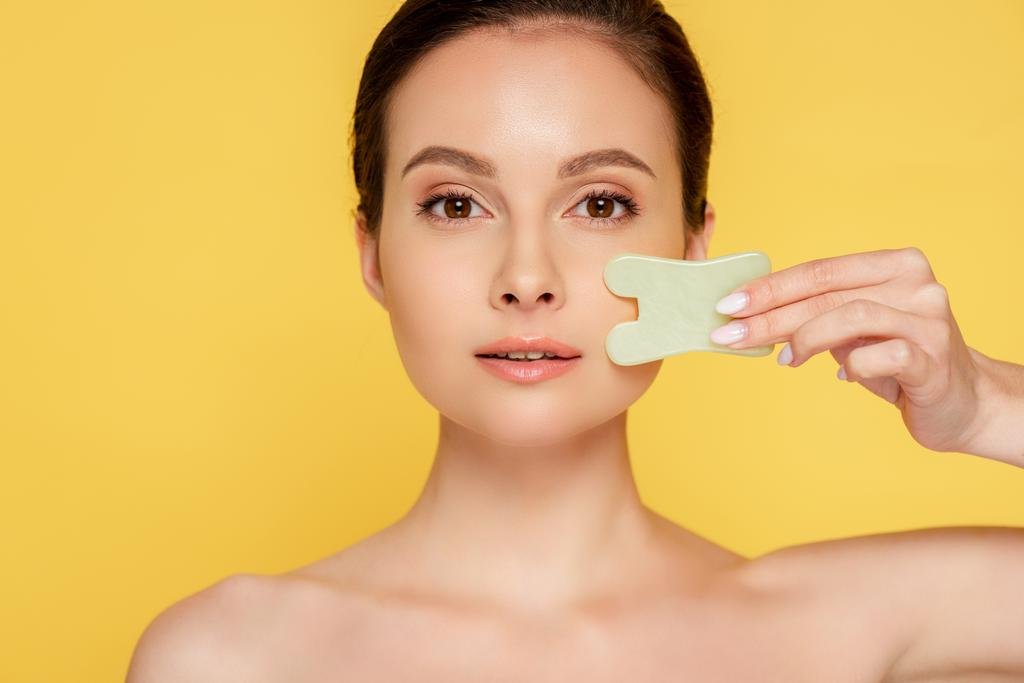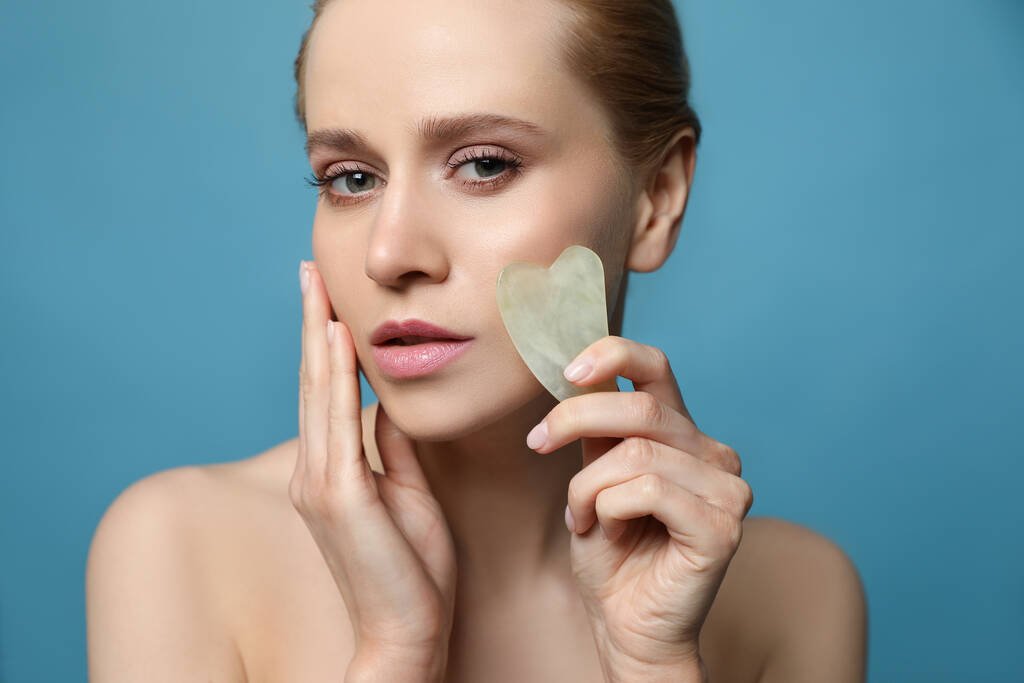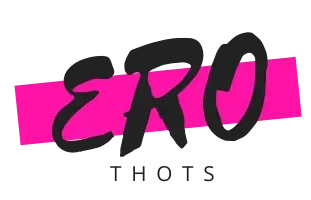
As we learn more about traditional medicine in cultures across the world, several amazing secrets are revealed. Following the COVID-19 pandemic, people have begun to explore these concepts that were sidelined and dismissed by allopathic or Western medical knowledge.
Challenges Faced by Traditional Knowledge Systems
During the pandemic outbreak, the WHO did in-depth studies of many traditional medicine systems all over the world. Previously unknown ideas came to the surface, some of them triggering a boom in animal products and parts. Some animals are on the brink of extinction as a result of the demand for their skins, teeth, blood and other parts. As a result, there was worldwide criticism of some of these methods. Other traditional methods lack scientific evidence, may not confer real benefits and could pose risks to patients.

- The conclusion was that traditional systems cannot be summarily dismissed.
- In some of the poorest parts of the world, these remedies are all that people can afford or have access to.
- It is important to ensure that any traditional treatment, whether medical or cosmetic, is carried out under supervised and informed conditions.
- Some of them may provide emotional and psychological benefits that offer comfort and reduce stress.
- Keeping this aspect in mind, you can explore the vast systems of knowledge that still exist.
What Is Gua Sha?

This is a traditional Chinese medicine technique that involves the use of a scraping tool. The words gua and sha mean stroke or press and redness respectively. Originally gua sha was used to deeply scrape the skin and create petechiae or red bruises along the path of scraping. This was thought to stimulate the skin to heal and renew itself and originally involved a full body treatment. Today it is mainly used on the face.
A scraping tool made of different materials such as rose quartz, black obsidian, jade or amethyst is used. The tool may vary in shape, but are usually flat and fit into your hand comfortably. You can purchase gua sha tools made in concave, double curved, cleft, tooth-edged, or pointed convex shapes for different parts of the body. Find your favorite gua sha tool here.
- When repeatedly scraped across the skin, it provides several beneficial results.
- A lubricant is used to reduce friction.
- The treatment is used in pain relief, stimulating circulation,
- collagen production and muscle relaxation and breaking down scar tissue.
Benefits of Gua Sha Facial Massage
Scraping is done according to certain prescribed meridian points where blood flow and thermal conductivity under the skin are known to be higher.
- Regular practitioners of gua sha have reported several great benefits and healing powers of this method.
- Studies have reported that gua sha may contribute to reducing liver inflammation in Hepatitis B cases.
- Sufferers from migraine headaches have found immense relief from gua sha massage on the face and forehead.
- Neck pain relief is another great benefit, as it relaxes the muscles and promotes better movement.
- In general, there is a feeling of comfort and relaxation after a gua sha massage.
Today, gua sha massage is largely confined to the face, and is conducted by trained cosmetic experts in salons.
Lymphatic drainage is an important benefit of gua sha massage. It stimulates lymph circulation and reduces puffiness, swelling, acne and tired skin. You can eliminate dark circles and sallow skin, while achieving a smoother and softer tone. Fine lines and wrinkles can be reduced, and the tool helps to contour your face better for a more youthful look.
How To Use the Gua Sha Tool
The gua sha tool is made from smoothly polished stone and it remains cool for a long time. Though the shape may differ, they have a notch on one side. This is to help you to grip the tool correctly. You can learn how to handle the tool from videos or from speaking to an expert.

In general, the areas to be scraped are the jawbone, eyebrows and throat with the notched edge while you can scrape the cheeks and forehead with the longer edge. You can also purchase a jade roller that is easier to work with.
- The routine is simple and starts with a thorough cleansing of the face.
- Wash and dry the gua sha tool well before you use it.
- Before starting the massage, lubricate the area generously with serum, oil or cream of your choice.
- You may need to repeat this application a few times in the area as the lubricants get absorbed into the skin.
- The tool should be held at a 35-45 degree angle to the face and the movements should be light with medium pressure.
Start with the neck area and move towards the left collarbone and ear with smooth upward movements.
Once you complete five movements up and down, shift to the other side and continue. This routine should then proceed to the chin, jawbone, under the eyes, over the eyebrows, and the forehead.
A Word of Caution
If you have a severe skin condition, circulation issues, diabetes, or take blood thinners, speak to your doctor before you try gua sha. In case you have skin fillers such as Botox done recently, gua sha may not be right for you.
